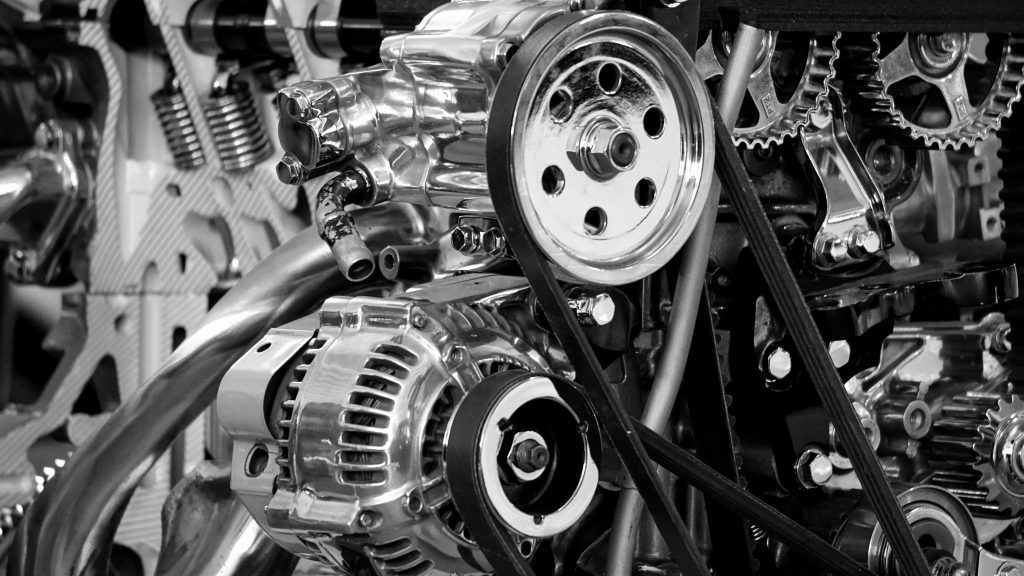There’s no denying that the state of the world with the coronavirus has had a severe impact on many business sectors. One of those sectors includes the automotive industry, which took a huge hit during the pandemic. That said, the industry appears to be in recovery, and the future of the automotive industry is looking strong.

Originally, forecasters predicted that it would take years for the industry to recover from the effects of the pandemic, but recent studies are seeing a bounce back, and that means the steel industry will follow. The industry may take years to resume full capacity, but people are still willing to buy vehicles, and sales are trending upward.
The fact is, if people buy vehicles, manufacturers will need to produce more, and they’ll need different types of steel to meet consumer demand.
Increasing Vehicle Demand
It is no surprise that vehicle demand in 2020 is lower overall than in 2019, but sales have increased for several consecutive months beginning in May. That’s a positive sign for the auto industry and the steel industry as well. As retail sales continue to increase, the demand for steel and steel parts will rise along with it.
So, not only will automobile factories increase output, but the companies who use metal 3D printing for car parts and accessories should be in high demand.
Forecasters likely agree that returning to pre-pandemic levels might take some time, but the recovery numbers point in the right direction.
Variable Steel Prices
When demand is high for a product, the price usually follows the increase, and this economic principle holds true for steel. Steel prices dropped off in late February as the pandemic took a foothold and steel demand plummeted. Those prices stayed low until June when they slowly began to increase as the world opened.
Steel prices continued to increase and leveled off in August, but as the automotive industry continues to recover, steel prices should follow suit.
But steel prices depend on more than the vehicle industry, and there are many uses for steel. Given that these are changing global times, it’s hard to predict the future price of steel, but it makes sense that as industries start to need steel for production, demand and prices will grow.
Vehicle and Steel Supply and Demand
Since steel demand in the auto industry follows a yearly ebb and flow cycle, steelmakers are flexible and quick to adjust to changing market conditions. This puts the steel industry at an advantage in meeting consumer demand. That said, integrated mills use blast furnaces, and that typically causes a problem.
Normally, when steel factories shut down, it takes time to restart the blast furnaces and bring the factories back up to speed. But since vehicle demand is still down from 2019 and increasing at a slow and steady pace, steel production should be able to keep up with the demand.
They won’t have to go from complete shut down to full production but can produce what’s needed at a lower capacity to match vehicle market growth.
Automotive Industry Recovery
The increase in vehicle demand is good news for the automotive and steel industries. With the unemployment rate at an all-time high, any increase in business that will lead to employment is a welcome change.
While it is true that some steel production plants shut down their processes because of decreased demand, current slow growth makes it easy for the steel industry to open, recover, and meet production goals.
So, if the trend continues, there may be a full recovery sooner than expected for both markets.
